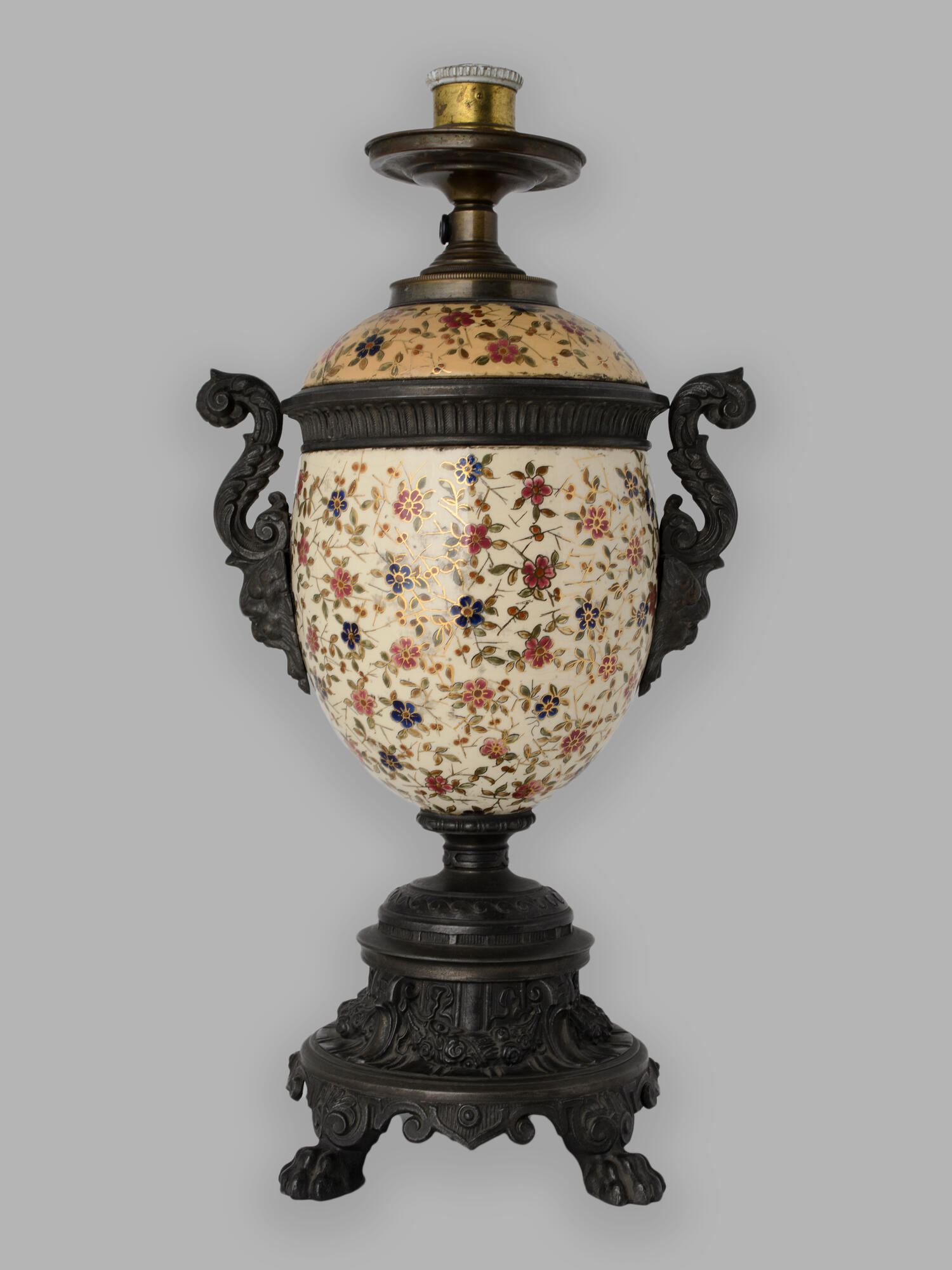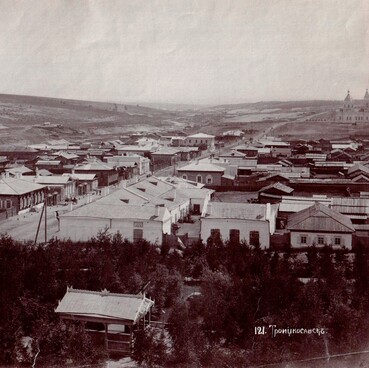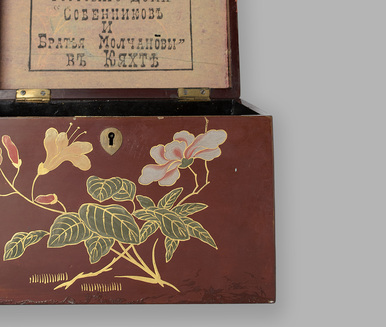Kerosene lamps were widely used in the Russian Empire in the 19th — early 20th century. However, over time, kerosene slowly took the backseat to electricity.
The earliest references to the use of kerosene in lighting fixtures date back to 1846 when Abraham Gesner suggested using the product of coal distillation for lighting. He praised the new fuel for producing a bright and clean flame.
Kerosene lamps were manufactured in different types and sizes. Over just four decades, more than a thousand lamp models were designed. One of the most important characteristics of a kerosene lamp was the size of the wick which determined the lamp’s candlepower. The width of the wick was measured in lines — an old Russian and English unit of length. One line was equal to 1/12 of an inch or about 2 millimeters.
In the Russian Empire, kerosene lamps appeared in 1861. In 1894, the world’s first “Fundamentals of Lamp Theory” were developed by the engineer Alexey Stepanov, the student and assistant of the recognized mining expert, professor of the Department of Chemistry at the Mining Institute Konon Lisenko (1836–1903).
The traditional kerosene lamp consists of a metal fuel tank, a burner, a glass tube, a metal protective frame, and a wick adjustment mechanism.
In Russia, a kerosene lamp was considered not only a lighting fixture but also a piece of décor. Many lamps were valuable works of decorative and applied arts. For example, in wealthy houses, interiors were decorated with glass and porcelain tabletop lamps with elegant lampshades.
Their metal parts were manufactured of bronze and cast iron, and some components were custom-made at the best porcelain factories in Sèvres, France, and Meissen, Germany. Cheaper models were not decorated as luxuriously and were produced of iron or brass or stamped from colored glass.
In most lamps, the length of the wick was adjusted
by a special mechanism with a sprocket. The wick was held by a burner. The
correct amount of air was supplied to produce a clear and bright flame. If
there was not enough air, the lamp would produce smoke and a dark flame. If
there was too much air, the flame would turn blue.




